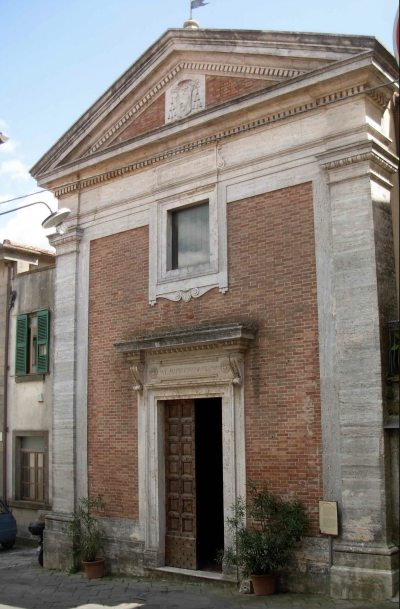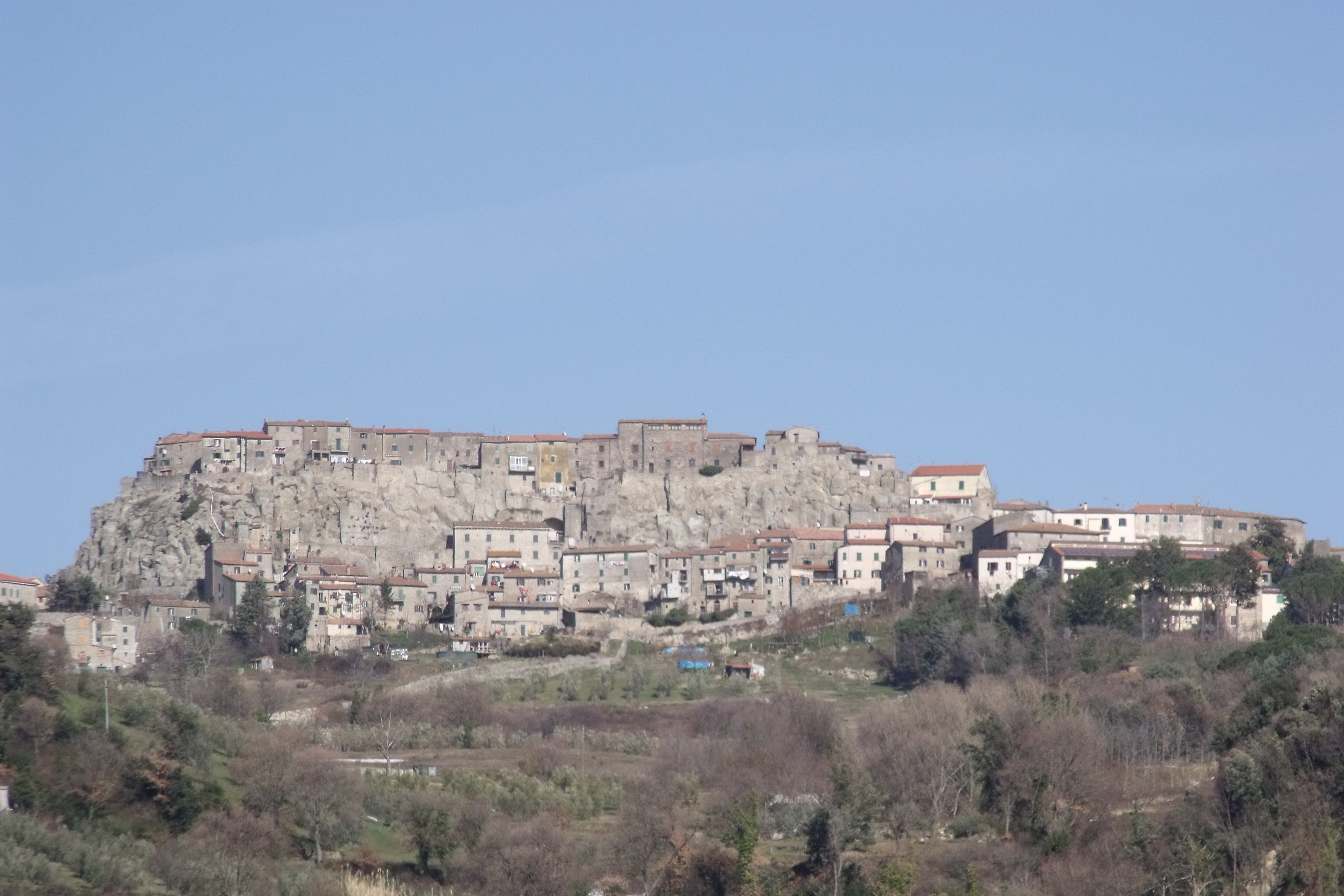The municipal area extends between the Maremma Grossetana plain and the Metalliferous Hills of Grosseto.
The town was built in medieval times on the top of a hill as a possession of the Aldobrandeschi family of the Santa Fiora branch. During the fourteenth century, after a series of struggles, it was conquered by the Sienese who began the exploitation of the nearby mines of copper and silver and controlled the entire area until the middle of the Sixteenth century, a time in which Roccastrada also became part of the Grand Duchy of Tuscany, following the definitive fall of the Republic of Siena, which took place in 1555.

Church of San Nicola
•Church of San Nicola, is already mentioned in documents from 1275 and 1276. Starting from the 16th century, works were undertaken such as the construction of the bell tower and baptismal font, and the Latin cross transformation of the interior. In 1828 other interventions were carried out. This was followed by the enlargement of the presbytery and the reconstruction of the bell tower in 1865. During the 20th century various restorations took place, even quite radical.
Inside, the baptismal font in trachyte (1575) is interesting. In the center of the aedicule, a tabernacle in carved wood, gilded and painted with the image of the risen Christ among angels. On the left side, looking at the altar, we find a Madonna with Child and, on the right side, the Annunciation: both frescoes are by Giovanni Maria Tolosani and date back to the first half of the 16th century.
Museums
•Museum of vines and wine, located in the clock tower square
•Museum of old tools, located in Roccatederighi near the Fontona.
• Museum of Rural Civilization, located in Pian dei Bichi, on a farm called Tenuta Rocca di Montemassi.



